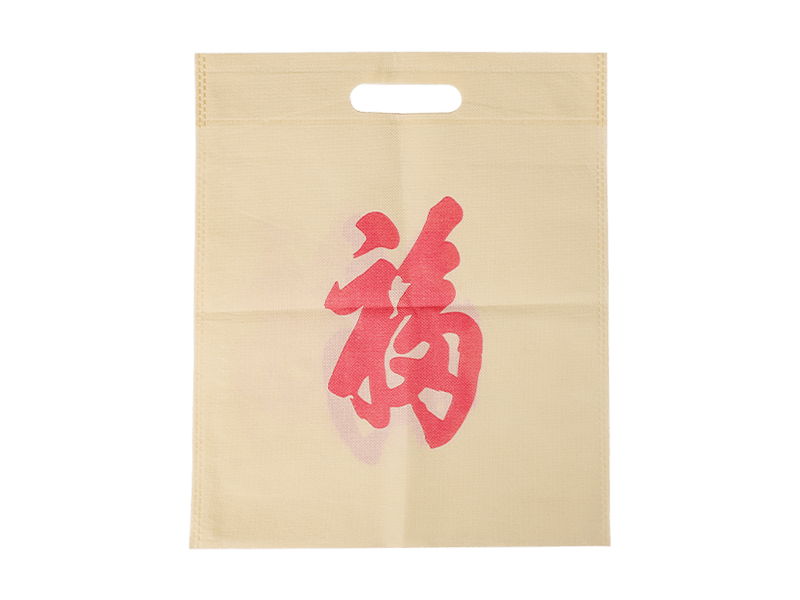Print packaging nonwoven bag, like many other textile products, can be susceptible to mold growth under certain conditions. The extent of mold resistance of these bags depends on various factors, including the bag's material, exposure to moisture, and proper storage and care. Here are some key considerations regarding mold resistance in nonwoven bags:
Material Type: Nonwoven bags are typically made from polypropylene (PP) or similar synthetic materials. These materials are less prone to mold growth compared to natural fibers like cotton or jute. However, while synthetic materials are more mold-resistant, they are not entirely immune to mold under the right conditions.
Moisture Exposure: Mold requires moisture to grow. If a nonwoven bag becomes damp or is exposed to prolonged moisture, it can create an environment conducive to mold growth. This can occur if the bag is used to carry wet or damp items or if it is not thoroughly dried after exposure to moisture.

Storage Conditions: Proper storage is crucial for mold prevention. Storing nonwoven bags in a cool, dry, and well-ventilated area can help prevent mold growth. Avoid storing them in damp or humid environments, such as basements or areas prone to moisture accumulation.
Cleaning: Regular cleaning and maintenance of nonwoven bags can help prevent mold. If a bag becomes soiled or exposed to moisture, it should be cleaned and dried thoroughly before storage. Washing nonwoven bags according to the manufacturer's recommendations can help remove potential mold spores.
Preventative Measures: Some nonwoven bags may be treated with anti-microbial or mold-resistant coatings or finishes during the manufacturing process. These treatments can enhance the bags' resistance to mold growth.
Frequency of Use: Bags that are used frequently and allowed to air out between uses are less likely to develop mold issues compared to bags that are stored for long periods without proper ventilation.


